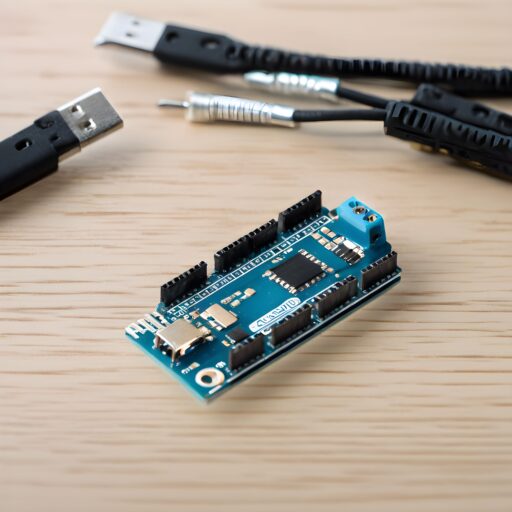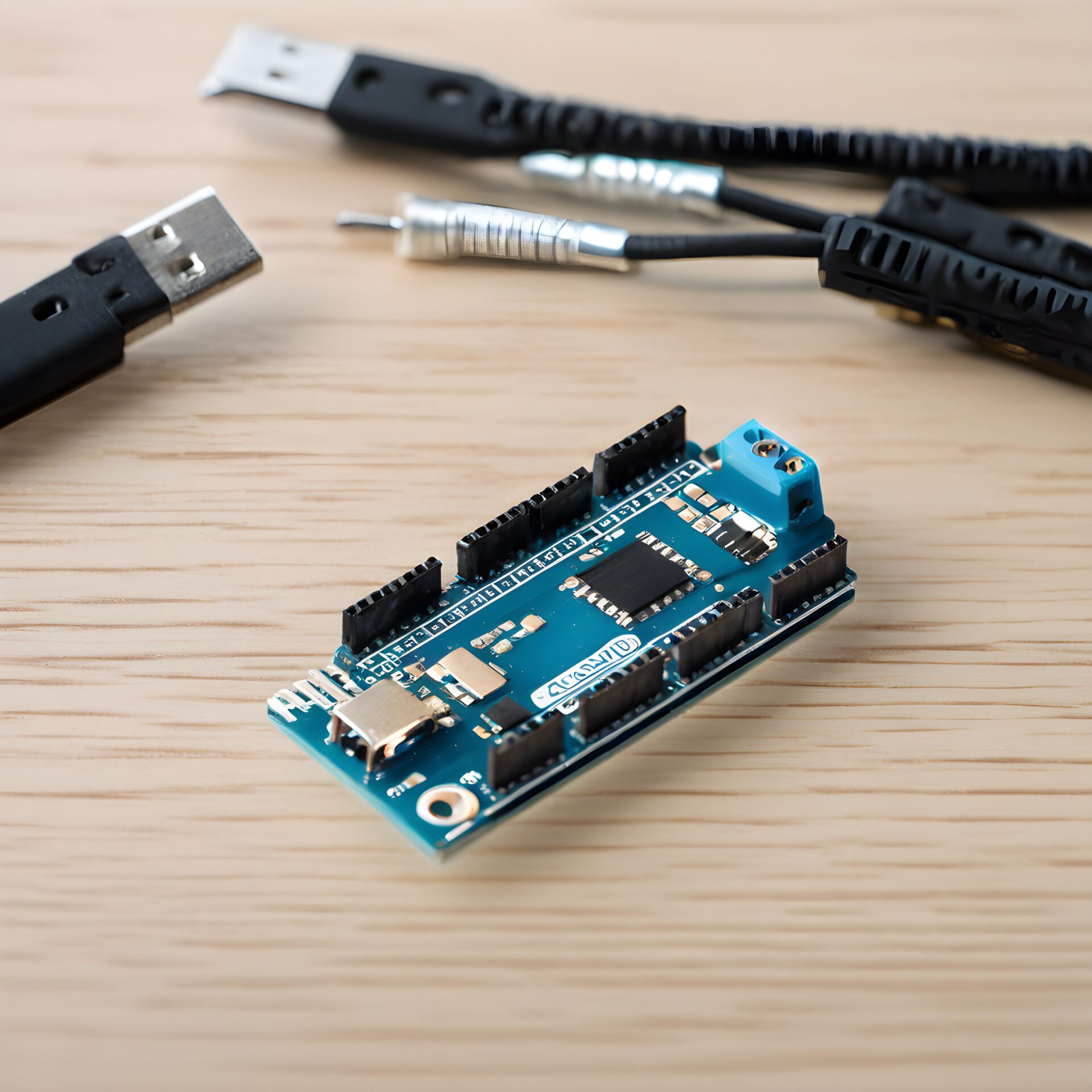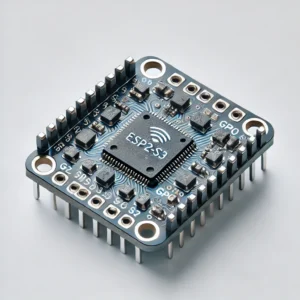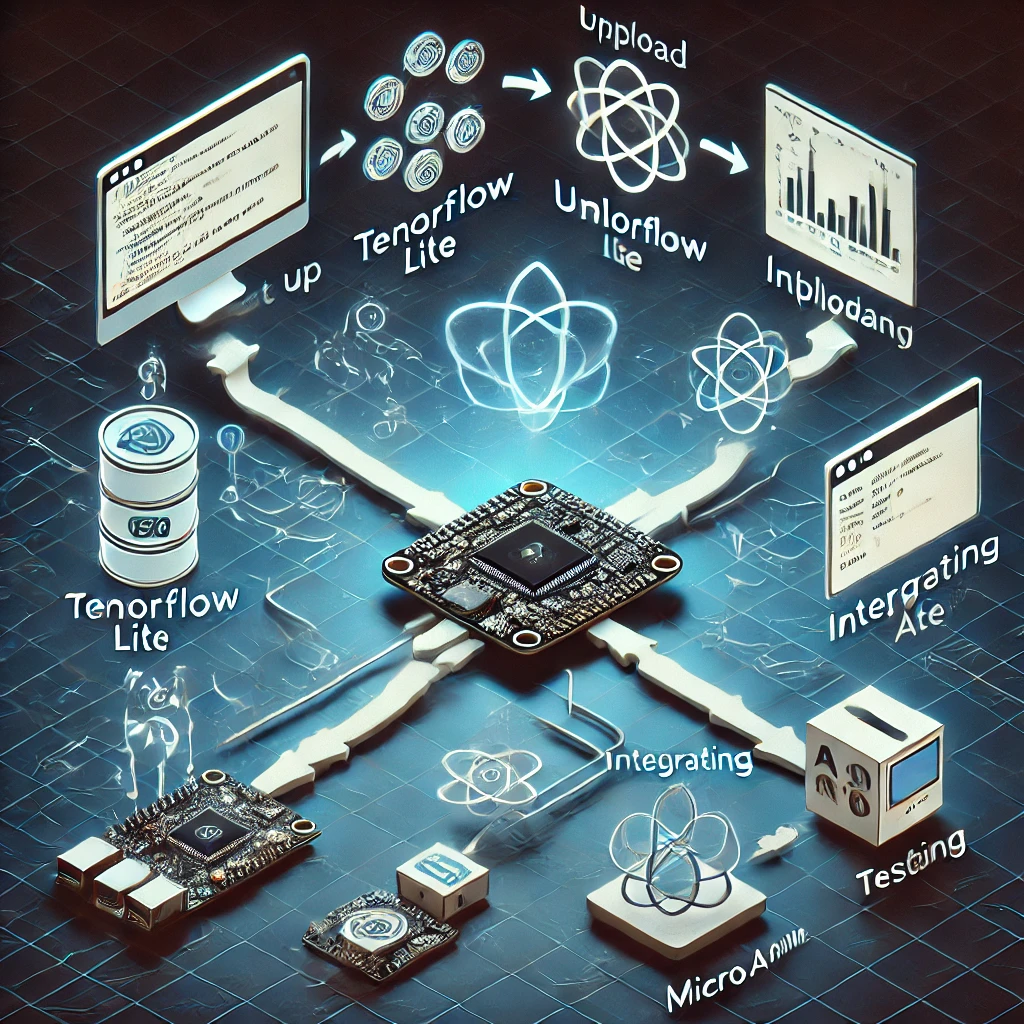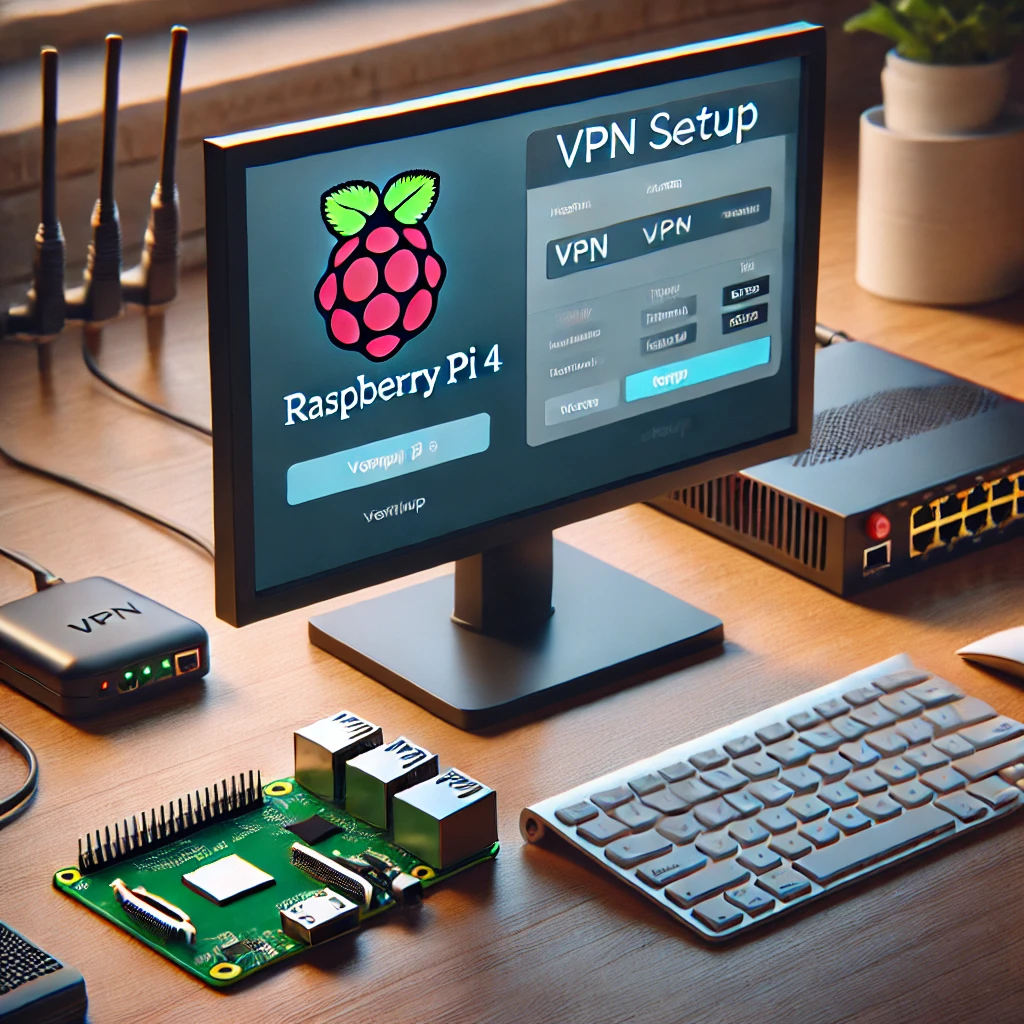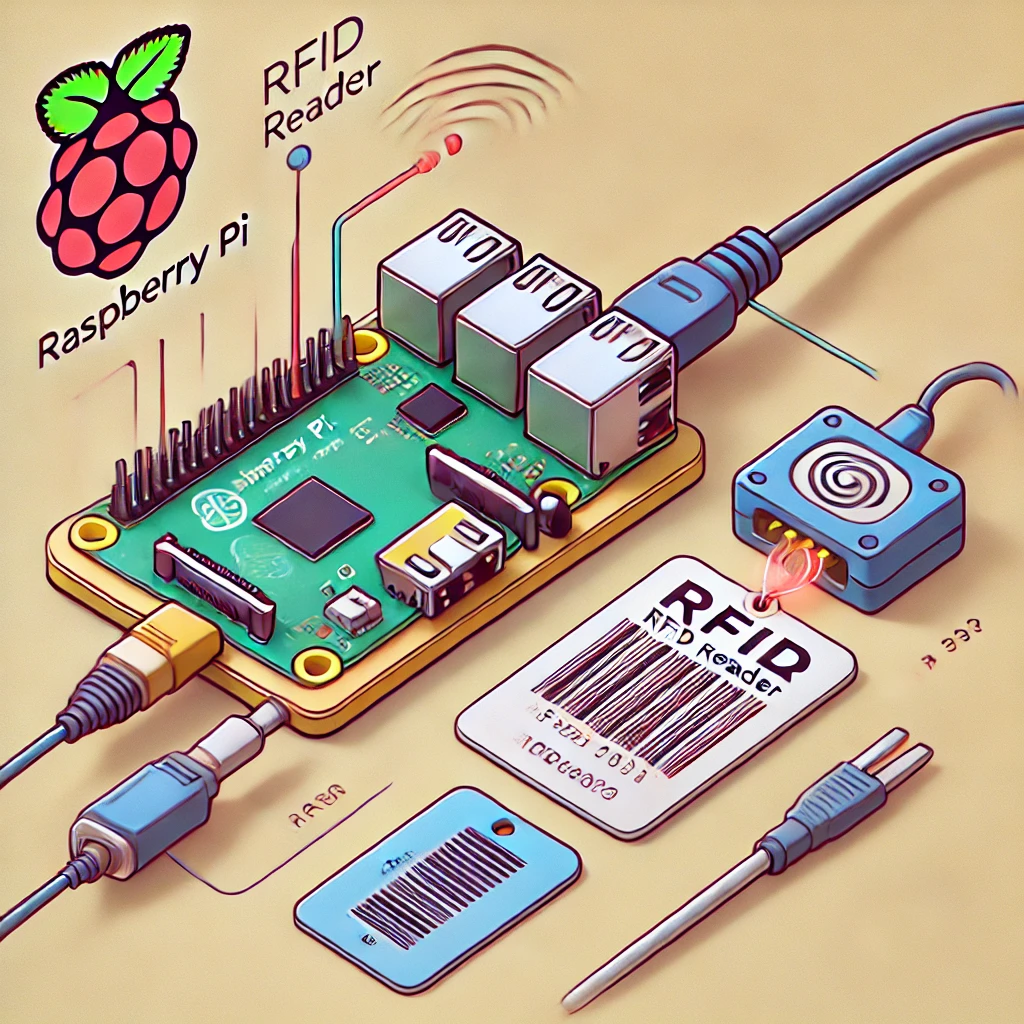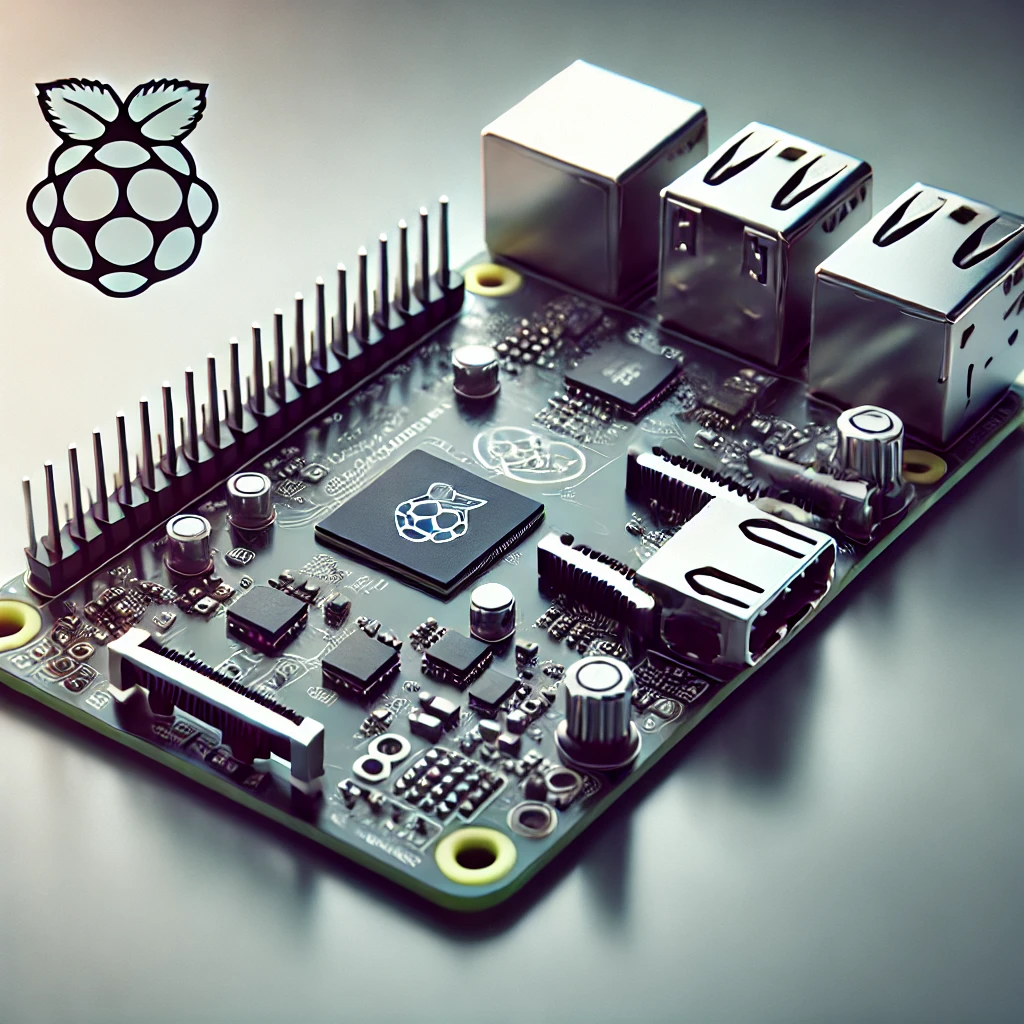The world of embedded systems and microcontrollers is evolving rapidly, with advancements in both performance and capabilities. Among the leaders in this evolution is the ESP32 series, developed by Espressif Systems. These microcontrollers have become a staple in the field of IoT (Internet of Things), providing excellent connectivity, versatility, and performance for a wide range of applications. With the release of the ESP32-S3, Espressif has taken the platform to new heights by introducing AI (Artificial Intelligence) capabilities, making it a crucial component for the next generation of smart devices.
The ESP32-S3 is a highly versatile microcontroller designed to perform high-end AI tasks while maintaining low power consumption, making it ideal for edge computing. Its ability to handle real-time machine learning (ML) and AI tasks opens up new opportunities in industries ranging from consumer electronics to industrial IoT, healthcare, and automotive systems. In this article, we’ll dive into the core features of the ESP32-S3, explore its AI and machine learning capabilities, and highlight some practical applications where the chip is making a significant impact.
What is the ESP32-S3?
The ESP32-S3 is the latest addition to Espressif’s family of ESP32 microcontrollers, designed to build upon the success of its predecessors while offering an enhanced feature set. At its core, the ESP32-S3 integrates a dual-core Xtensa LX7 processor, offering clock speeds of up to 240 MHz. This processor is ideal for running complex algorithms efficiently, which is crucial for AI-based applications that require quick data processing and decision-making.
The ESP32-S3 is equipped with Wi-Fi 4 (802.11n) and Bluetooth 5.0 support, making it a great choice for connected devices. It also supports Bluetooth Low Energy (BLE), ensuring low power consumption for IoT devices that need to operate for extended periods without frequent recharging. In addition, the ESP32-S3 offers up to 16MB of external flash memory, which provides sufficient storage for AI models, datasets, and firmware, enabling the device to perform advanced functions locally without needing cloud services.
However, what truly sets the ESP32-S3 apart from previous models is its dedicated AI hardware accelerators, which make it capable of running machine learning algorithms and neural networks on the device itself. By enabling edge AI, the ESP32-S3 reduces the need for time-consuming cloud computation, enabling faster responses and lower latency in applications that require real-time decision-making.
AI and Machine Learning Capabilities
AI and machine learning are becoming increasingly important in modern applications, and the ESP32-S3 is designed to handle these complex tasks directly on the device. Traditionally, machine learning models are hosted in the cloud or on powerful computers, but the ESP32-S3 has redefined the paradigm by enabling on-device AI. Let’s explore some of the key AI features and their applications:
AI Hardware Accelerators:
The ESP32-S3 includes specialized AI accelerators that optimize the performance of machine learning models, such as neural networks. These accelerators allow the microcontroller to process large amounts of data efficiently. The chip features vector instructions, which are crucial for performing the matrix operations required by machine learning algorithms like convolutional neural networks (CNNs) and recurrent neural networks (RNNs).
By executing these operations in hardware rather than relying on software-based solutions, the ESP32-S3 can process machine learning tasks much faster and more efficiently, making it a great choice for real-time applications. These accelerators are particularly useful for tasks such as object recognition, voice recognition, and predictive analytics, where speed is critical.
TensorFlow Lite for Microcontrollers:
The ESP32-S3 supports TensorFlow Lite for Microcontrollers, a lightweight version of Google’s popular TensorFlow machine learning framework. TensorFlow Lite is designed for edge devices with limited computational resources, making it a perfect fit for the ESP32-S3. This library enables developers to deploy pre-trained machine learning models directly on the chip, allowing devices to perform sophisticated AI tasks without relying on cloud-based processing.
For example, voice recognition systems can process audio input locally using machine learning models deployed on the ESP32-S3, without the need for a server. Similarly, in smart home applications, the chip can recognize commands and make decisions about lighting, temperature, or security using pre-trained models without involving the cloud. TensorFlow Lite makes deploying AI models accessible and efficient on the ESP32-S3, even for developers with limited experience in machine learning.
Real-Time Data Processing:
In many AI applications, real-time data processing is crucial. The ESP32-S3 excels at this, offering low-latency performance to process incoming data from sensors, microphones, cameras, or other devices, and make immediate decisions. This is particularly beneficial in applications where a quick response is essential, such as smart security systems, voice assistants, or autonomous robots.
For instance, a robotic arm powered by an ESP32-S3 could instantly adjust its movements based on visual or tactile feedback, enabling it to operate autonomously in unpredictable environments. Similarly, wearable health devices can process sensor data locally on the chip, identifying irregularities or health conditions in real time, and notifying the user immediately.
Edge AI Processing:
One of the most significant advantages of the ESP32-S3 is its ability to perform AI processing at the edge, meaning the device can run machine learning models locally instead of relying on cloud servers. This reduces the need for constant data transmission over the internet, which in turn improves latency, data privacy, and security.
Edge AI processing is particularly valuable in applications such as surveillance systems, where the chip can process video feeds directly on the device, detecting motion, intruders, or facial features without sending the data to the cloud. This not only saves bandwidth but also ensures sensitive data, such as personal information, stays within the device.
Key Features of the ESP32-S3
1. Dual-Core Processor:
The Xtensa LX7 dual-core processor in the ESP32-S3 provides significant computational power, allowing it to handle demanding tasks with ease. Operating at up to 240 MHz, the processor can handle both basic and complex operations, making it ideal for IoT devices and AI applications. The dual-core architecture allows developers to assign different tasks to each core, optimizing performance for applications that require multitasking.
For instance, one core could manage communications (Wi-Fi or Bluetooth) while the other core handles AI tasks, providing faster and more efficient operation. This is crucial for applications like voice assistants or real-time video processing, where both communication and data processing need to happen simultaneously.
2. AI Accelerators:
The AI accelerators in the ESP32-S3 enable faster machine learning operations by handling specific AI tasks like matrix multiplications and vector operations directly in hardware. This is a significant improvement over microcontrollers that rely solely on software processing for AI tasks. These accelerators reduce the time it takes to run machine learning models, ensuring devices can respond faster to inputs.
Whether it’s recognizing speech, processing images, or analyzing sensor data, the accelerators make it possible to run AI tasks with minimal delay, providing a seamless user experience in real-time applications.
3. Connectivity Options:
The ESP32-S3 supports Wi-Fi 4 (802.11n) and Bluetooth 5.0, making it an ideal choice for connected devices. With these connectivity options, the ESP32-S3 can send and receive data from cloud services, other devices, or sensors. The chip’s Bluetooth Low Energy (BLE) support is particularly useful for power-sensitive applications like wearable devices, health monitoring systems, and smart home devices, as it ensures minimal power consumption during communication.
4. Low Power Consumption:
Despite its powerful features, the ESP32-S3 is designed with energy efficiency in mind. It includes multiple low-power modes, such as deep sleep, which helps conserve energy when the device is not actively in use. This is essential for battery-powered devices, such as wearables and remote sensors, which need to function over extended periods without frequent recharging.
For example, a smart sensor powered by the ESP32-S3 can remain in a low-power state until it detects motion, at which point it wakes up, processes the data, and sends it to a server, all while using minimal battery power.
5. Security Features:
Security is critical in IoT devices, and the ESP32-S3 offers several features to protect data. These include secure boot, which ensures that only authorized firmware can run on the chip, and flash encryption, which protects sensitive data stored on the device. These security features are especially important in applications like smart homes and healthcare, where privacy and data integrity are paramount.
Applications of ESP32-S3 in Electronics
1. Smart Home Devices:
The ESP32-S3 is well-suited for smart home applications that require AI processing. For example, in smart lighting systems, the ESP32-S3 can recognize voice commands or gestures, adjust the lighting accordingly, and perform other tasks like energy monitoring. With its powerful AI accelerators and real-time processing, it can handle tasks such as object detection and ambient sensing.
2. Industrial IoT:
In industrial applications, the ESP32-S3 can be used to monitor machinery, track assets, and even predict equipment failures using AI. By processing sensor data locally, the device can detect anomalies in real time and alert operators before an issue becomes critical. This reduces downtime and improves overall efficiency in factories and warehouses.
3. Healthcare Devices:
The ESP32-S3 is a valuable tool in the development of wearable health devices, such as fitness trackers or medical monitoring devices. It can process biometric data locally, analyzing heart rate, blood oxygen levels, or motion patterns without sending sensitive information to the cloud. This is not only more efficient but also more secure, ensuring that personal health data remains private.
The ESP32-S3 represents a significant step forward in the world of embedded systems and edge AI. By combining powerful AI capabilities with low power consumption and strong connectivity, it opens up a world of possibilities for creating smart devices that can perform complex tasks without relying on cloud infrastructure. Whether it’s used in consumer electronics, industrial IoT, or healthcare, the ESP32-S3 is set to play a key role in shaping the future of intelligent devices. Its ability to run machine learning models on the device itself will empower developers to create the next generation of AI-powered electronics, bringing us one step closer to a fully interconnected, intelligent world.
Feel free to check out our other website at :aibrainpowered.com

